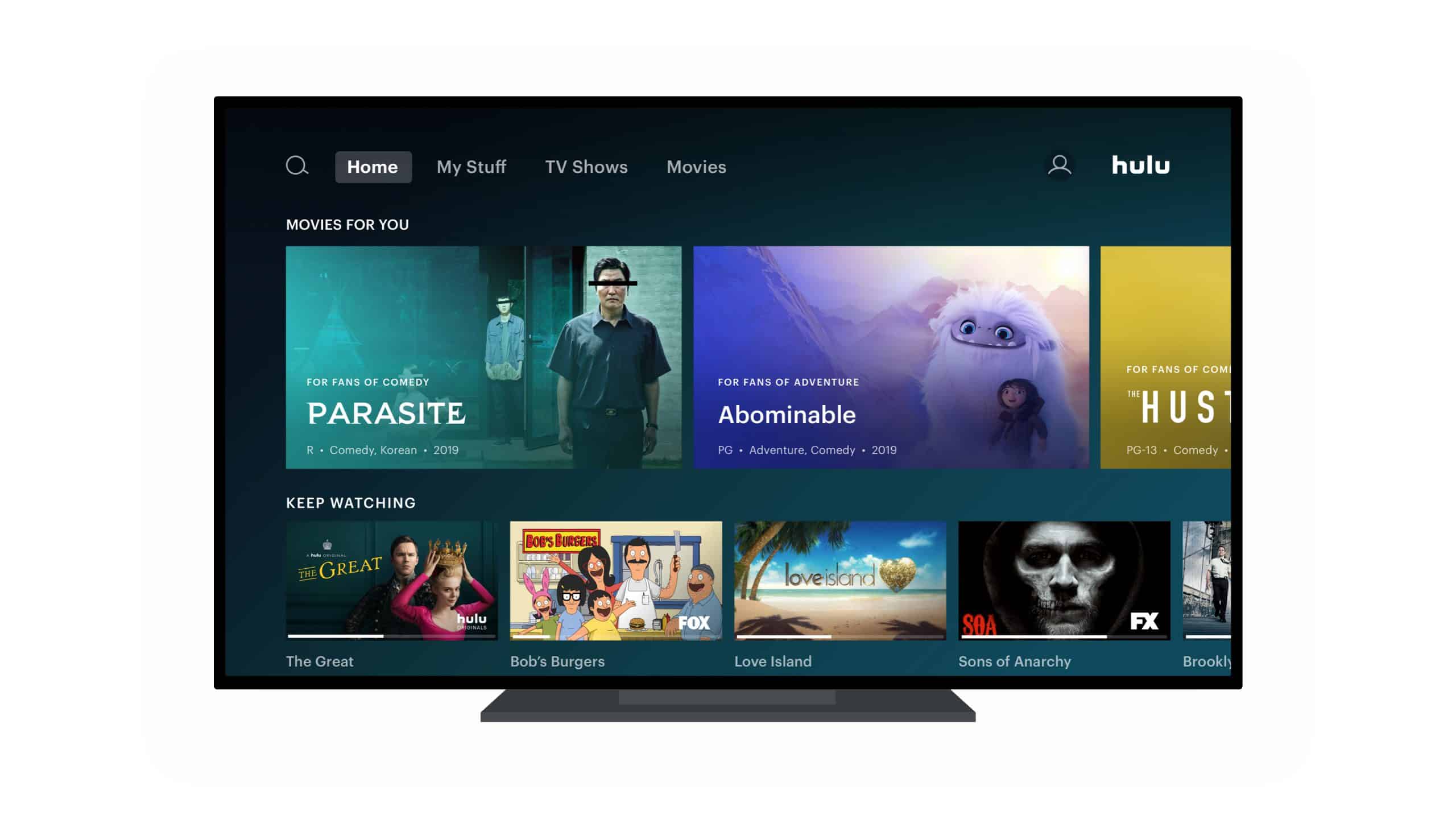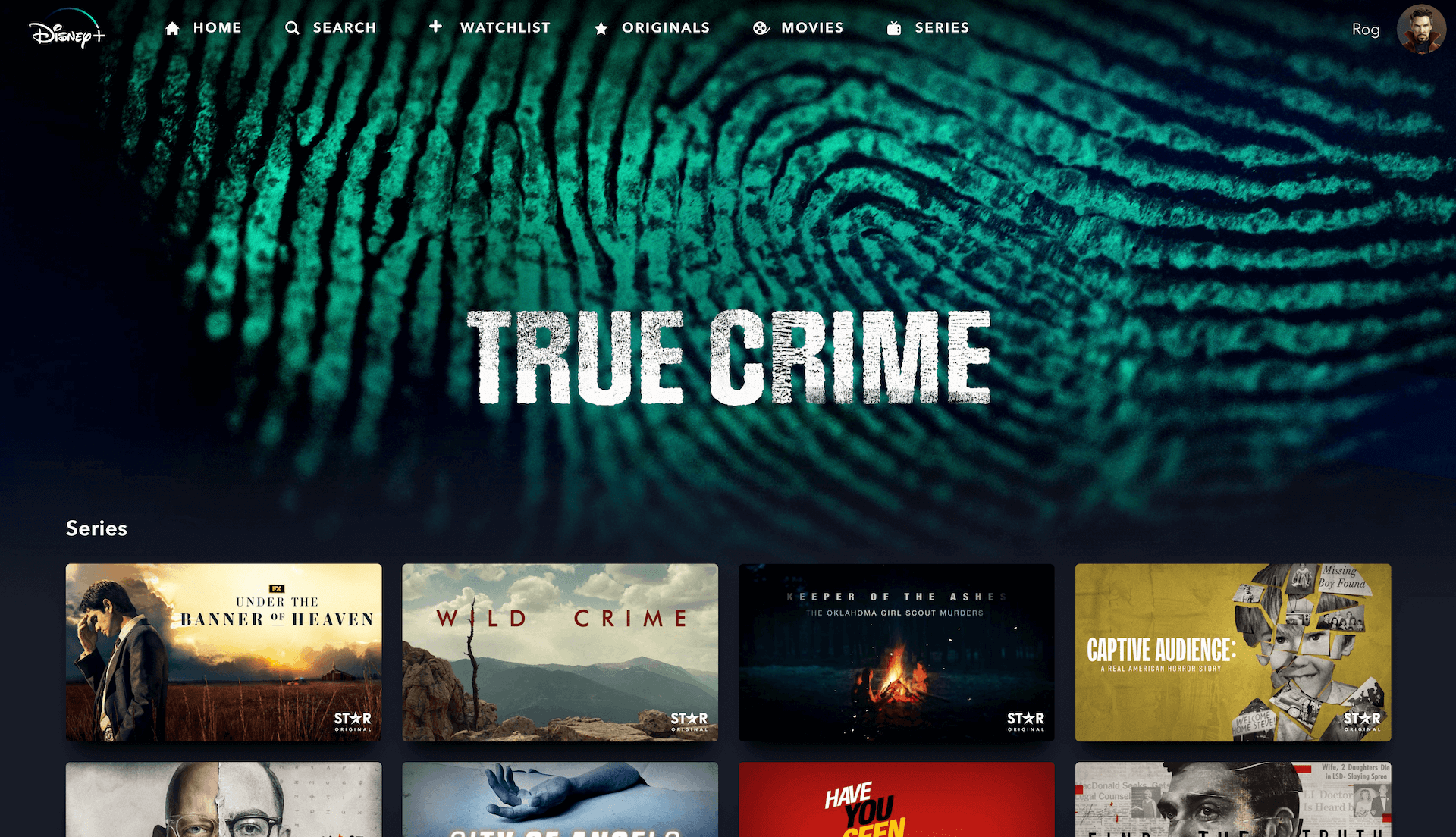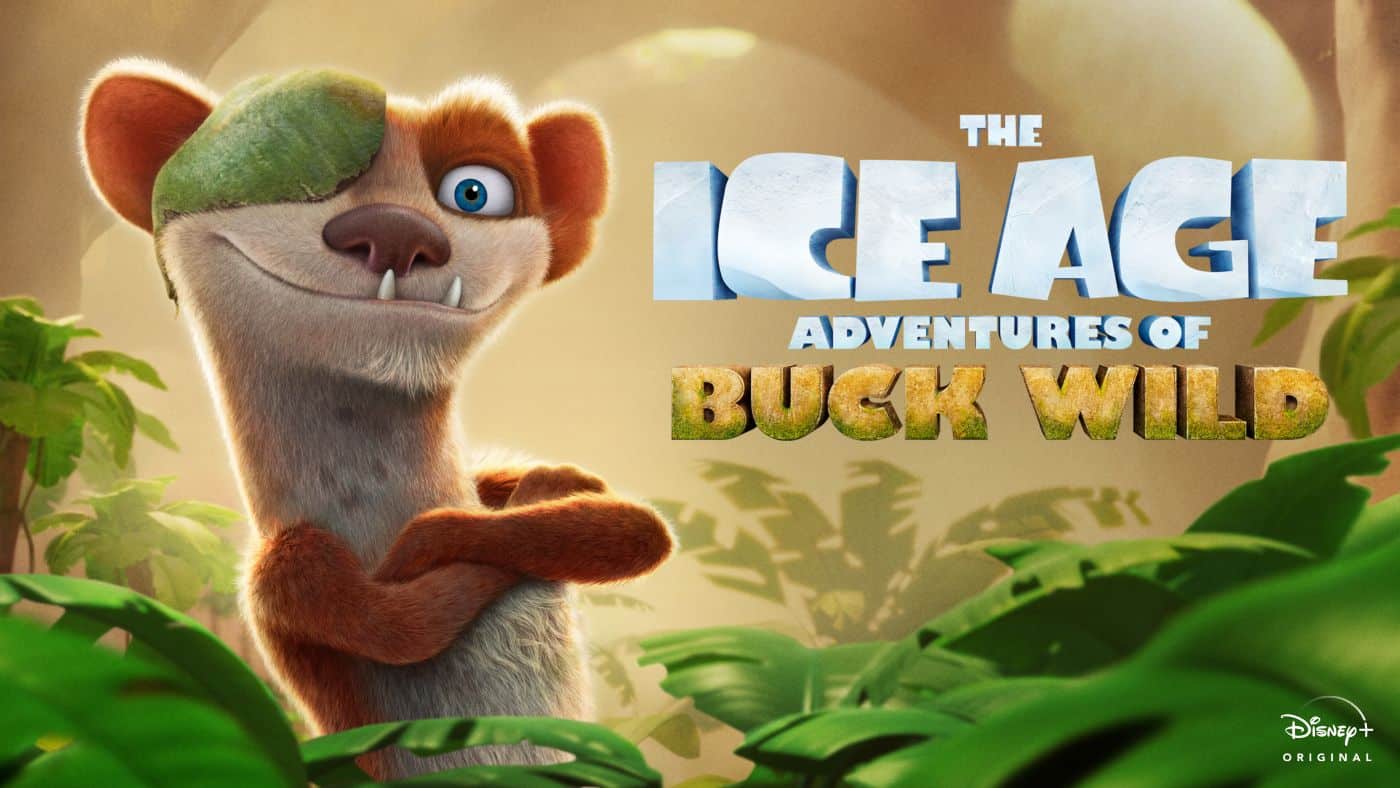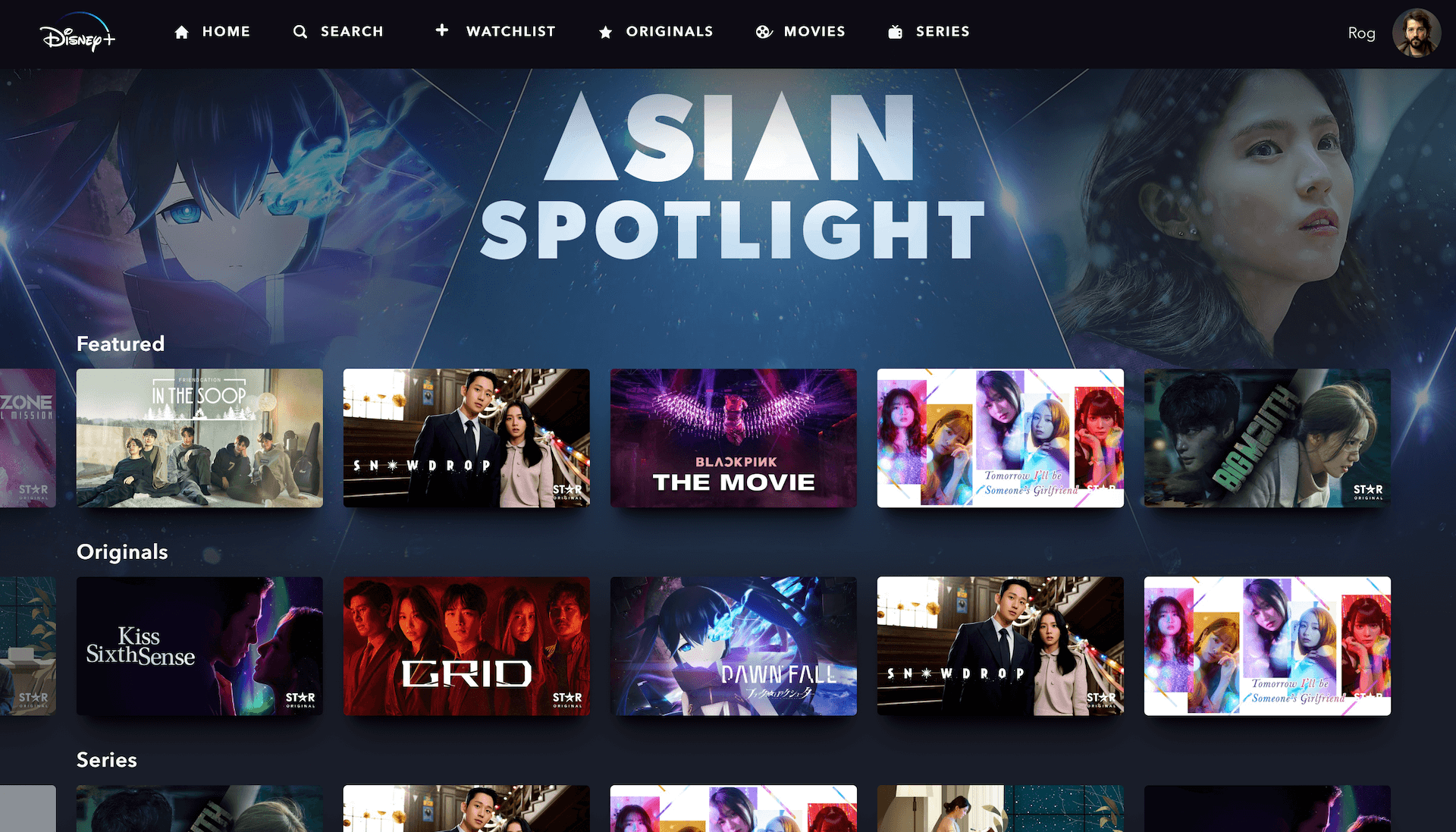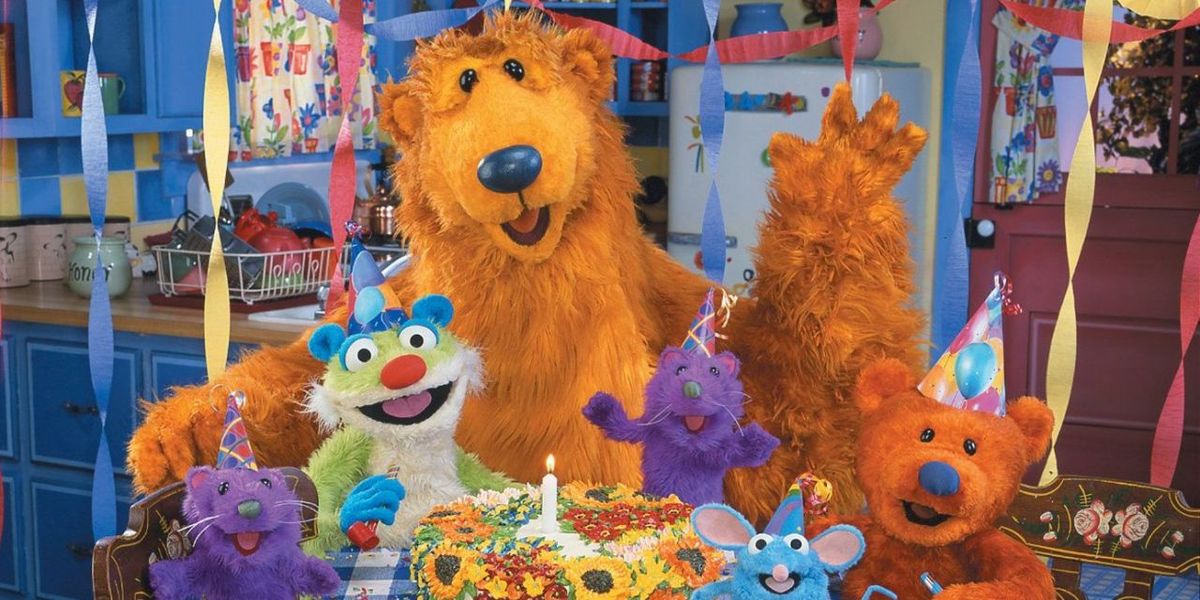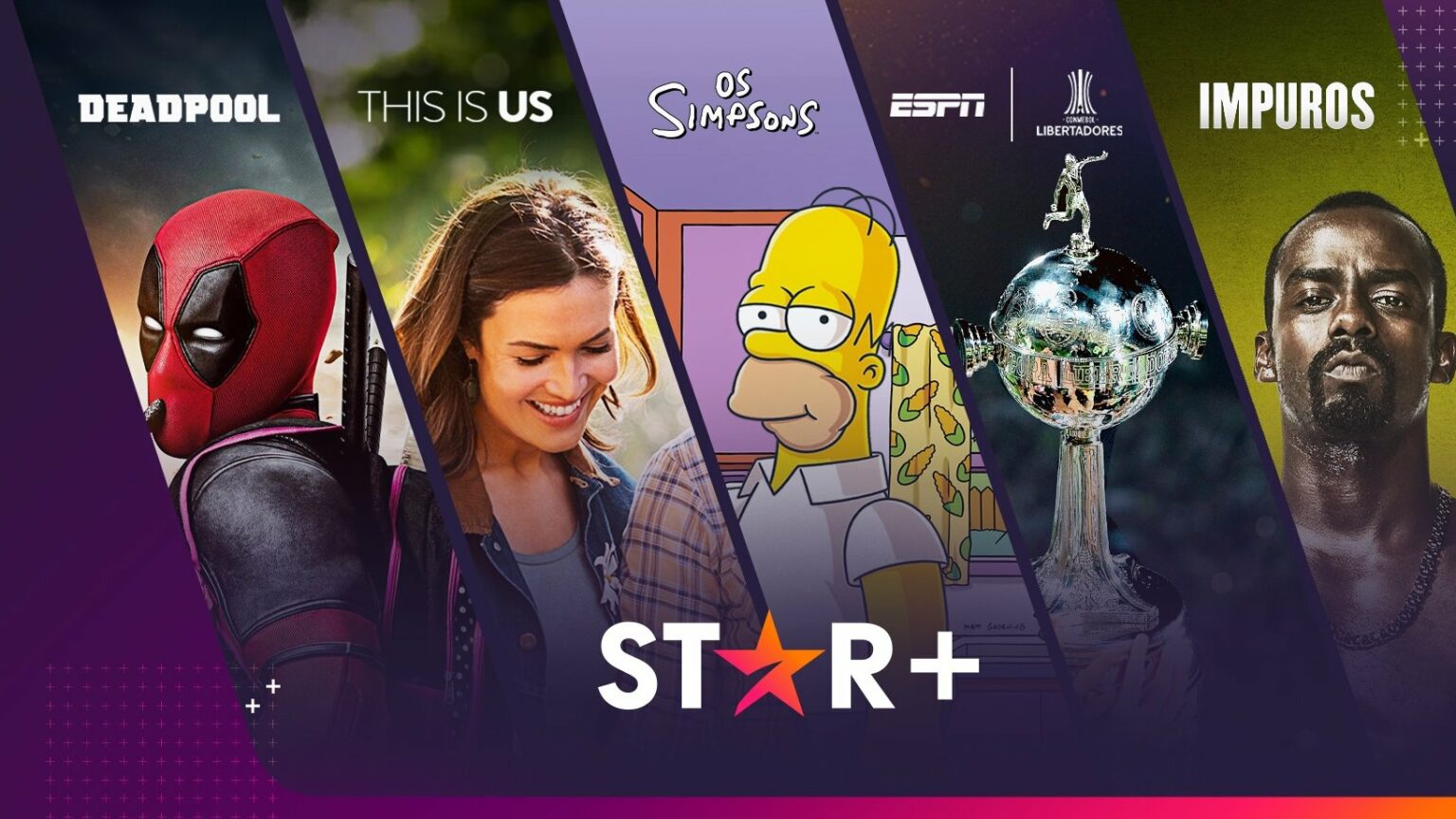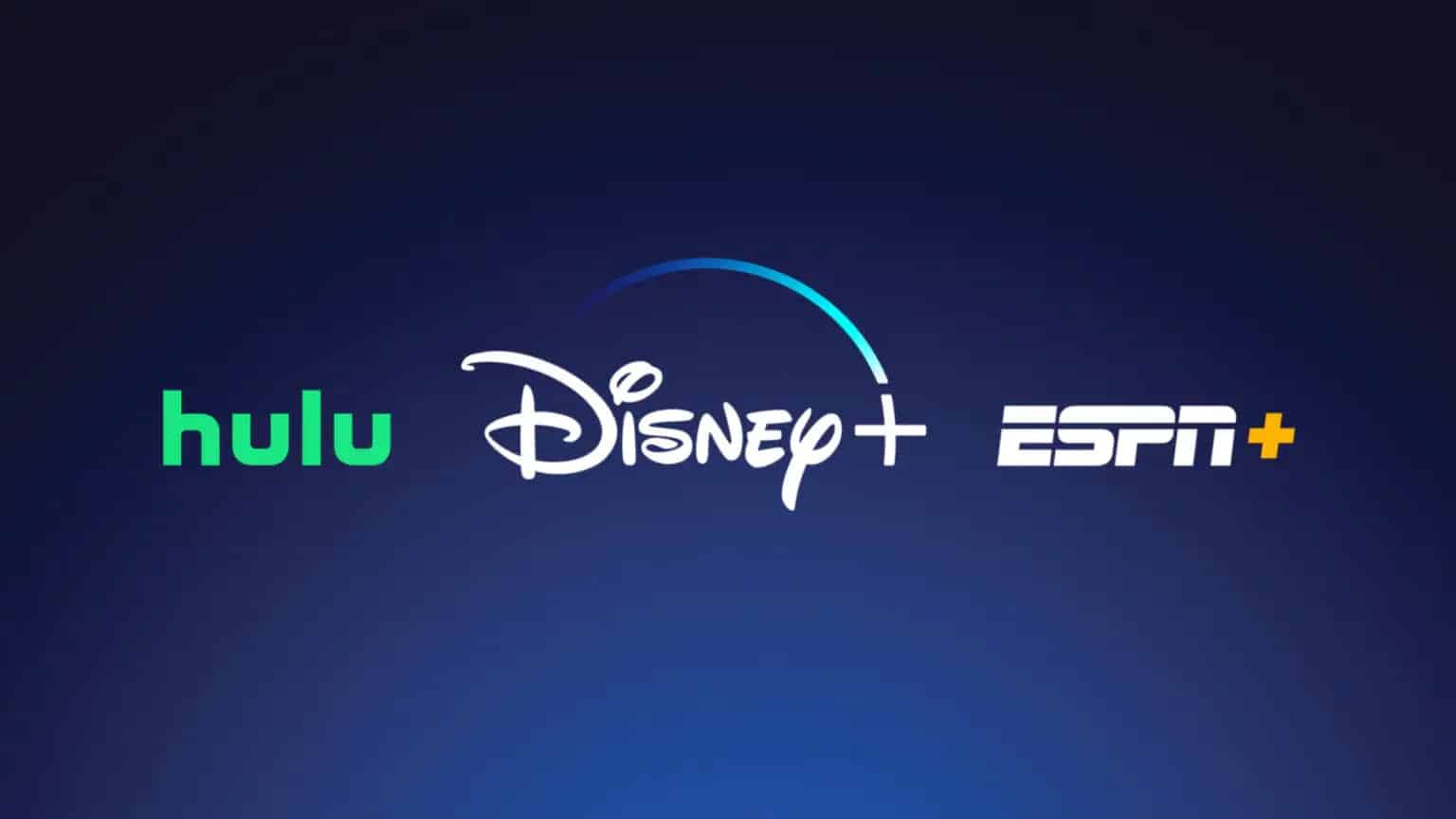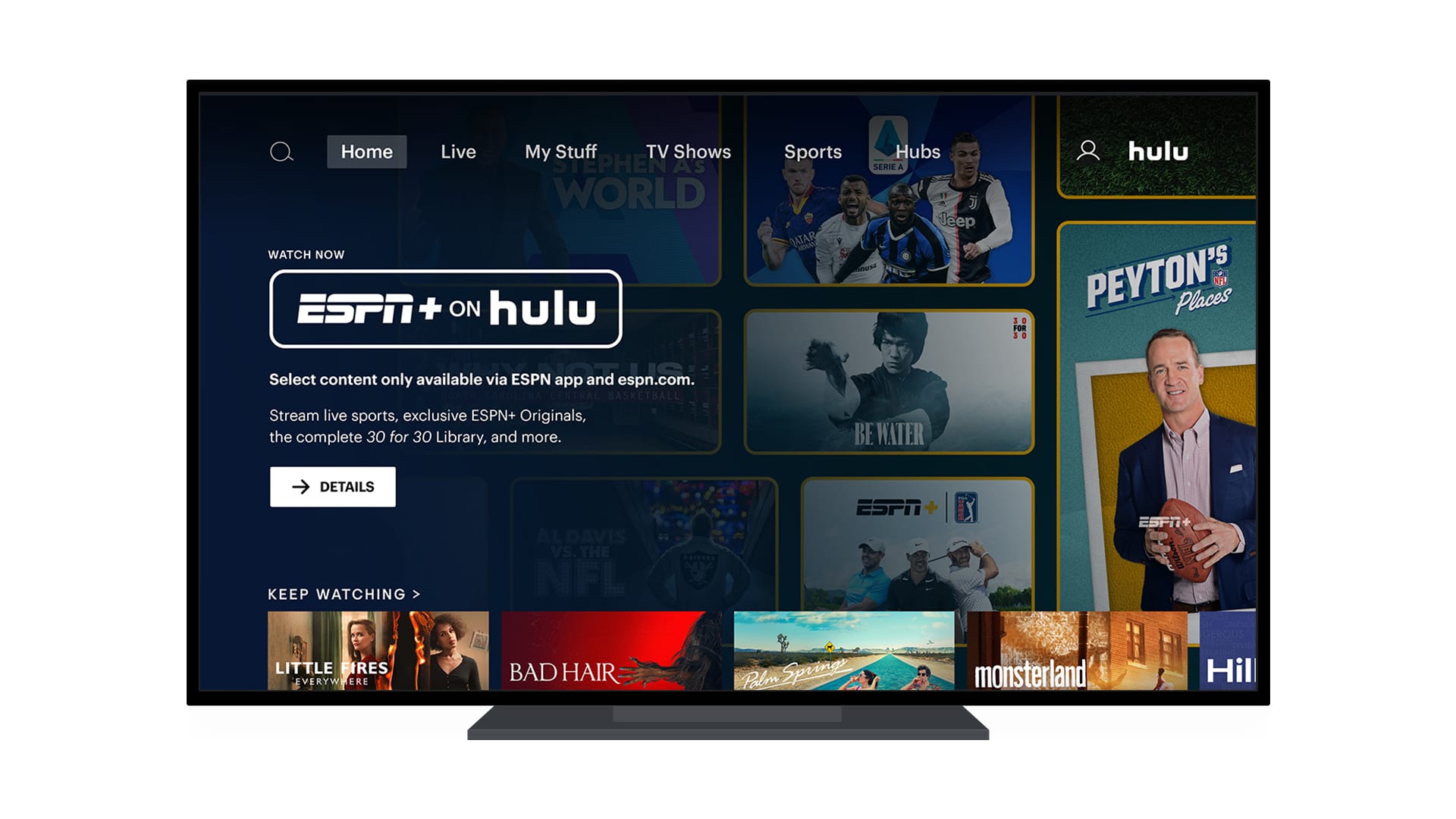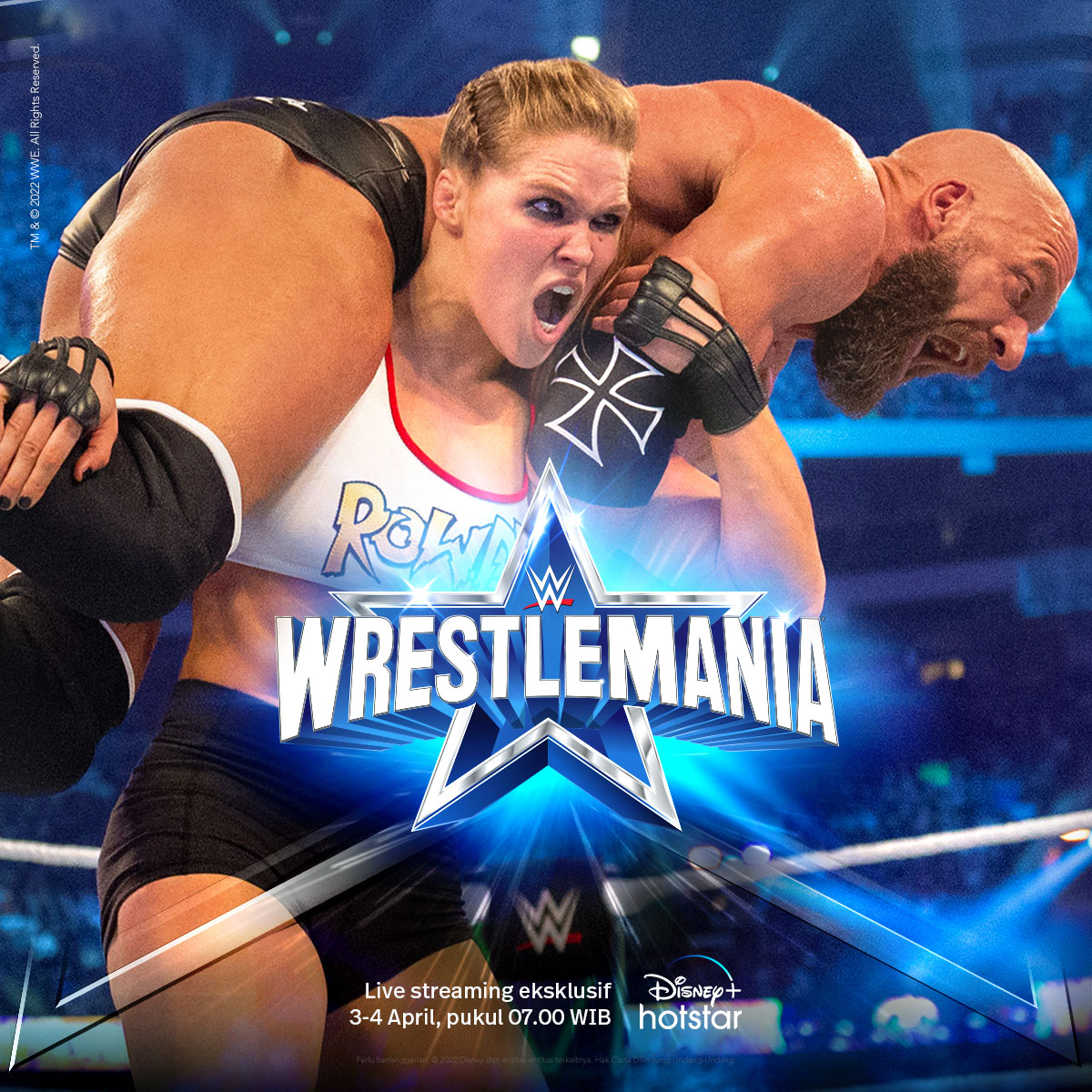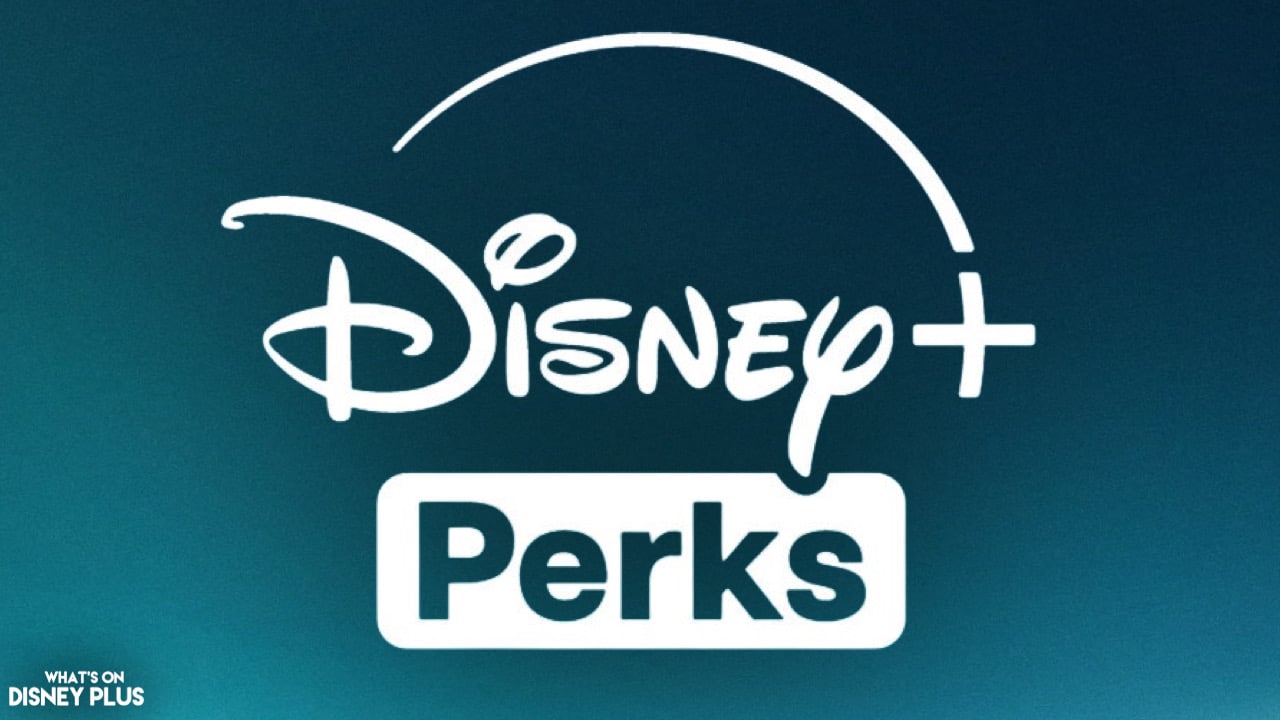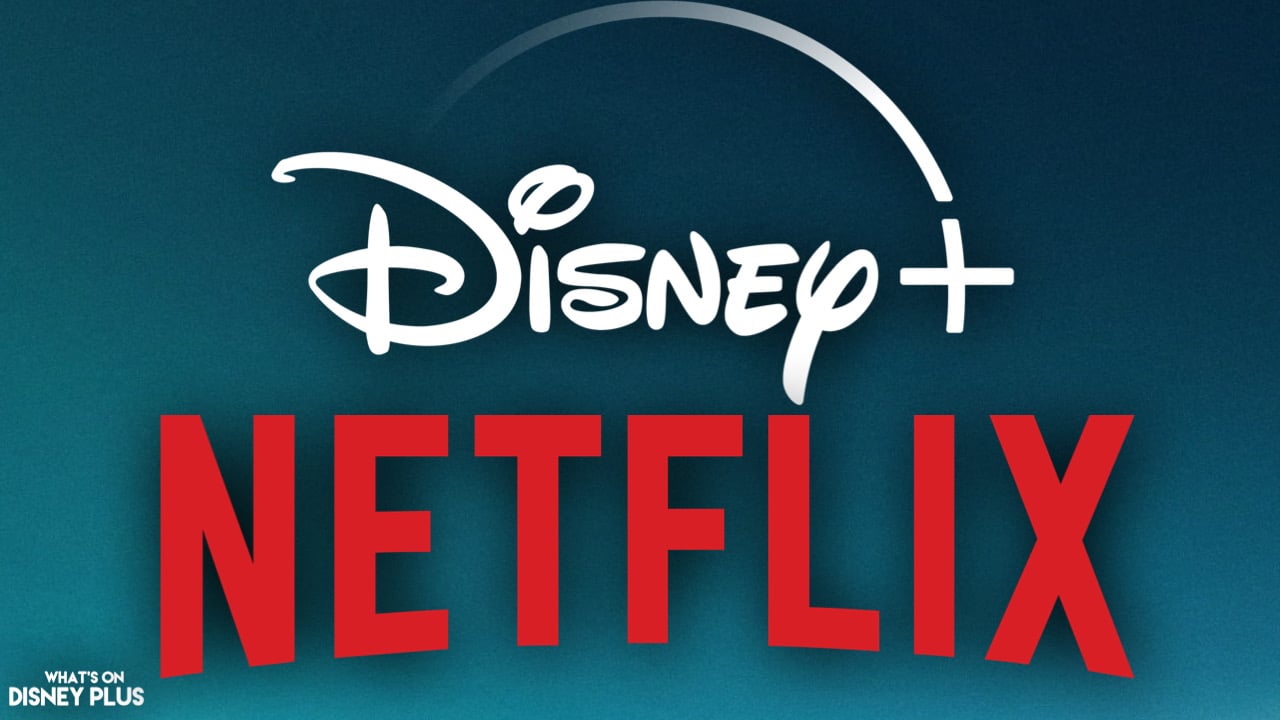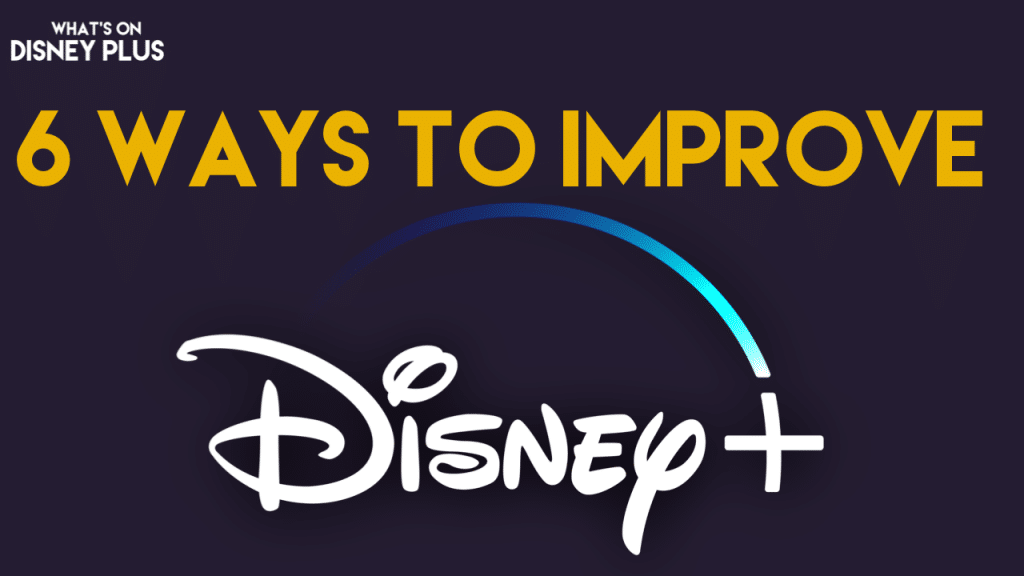
6 Ways To Improve With Disney+ In 2023
Earlier this month, Bob Iger dusted off his Disney ID badge and returned to work as the new CEO of the company, after not even a year of retiring.
Since he left the position of Disney CEO in February 2020, Disney+ has continued to evolve and change under the control of Bob Chapek. But there are still some things that need to be improved:
General Entertainment In The US
One of the biggest problems Disney+ faces in the United States, is that the app is highly dependent on Marvel and Star Wars to keep adult viewers entertained. Internationally, this isn’t a problem, since the Star brand brings shows from 20th Television, FX and ABC onto the platform, providing shows like “Pam & Tommy”, “Grey’s Anatomy”, “The Old Man”, and “The Dropout” onto Disney+.
Throughout 2022, former Disney CEO Bob Chapek spoke about adding more general entertainment content onto Disney+ in the United States. But in reality, we’ve seen very little change. Shows like “The Orville”, “Love, Victor”, and “Black-ish” were added, and parental controls were changed to provide mature settings, which meant we saw more mature Marvel content like “Daredevil” and “Deadpool” added onto the platform, but in reality, we’ve seen barely a dozen significant shows added onto Disney+ in the US in 2022.
In 2023, Disney needs to do more than lip service to adding general entertainment to Disney+ in the United States. It needs to commit, like it has done internationally, which has been an enormous success.
The big elephant in the room is Hulu. While there is an agreement that Disney can force Comcast to sell its 33% stake in 2024, it’s still over a year away. Bob Iger needs to either cough up the money to get Comcast out of the picture, so Disney can complete the final step in making Disney+ the powerhouse it can be, to compete with Netflix and other streaming services.
Running Hulu and Disney+ simultaneously means Disney is splitting its content into two; running two platforms costs more money in operating costs, content creation and advertising. A single platform, would drastically cut costs.
This time last year, Disney+ in the United States was not in the position to be merged with Hulu, since it didn’t have parental controls, live streaming capabilities or an ad-supported tier, but now it does.
It will cost a lot of money to do this, but Disney will have to deal with this at some point, regardless. The streaming world has changed since Hulu was created fifteen years ago; consumers are only willing to pay for so many streaming platforms simultaneously. A combined Disney streaming service, would offer subscribers much more choices. General entertainment is a very important aspect that Disney+ has been lacking in the US, since it’s basically just kids’ content, Marvel and Star Wars right now.
With the long-standing HBO deal ending in 2022, hopefully, we will start seeing some new films from Searchlight and 20th Century Studios being released on Disney+ and Hulu simultaneously. But again, Disney is forced to split its content into two, something it doesn’t have to do internationally.
Disney+ in the US needs more content for everybody to enjoy. Comedies, dramas, reality TV. More choice, means more people are likely to subscribe or stay subscribed.
Global Releases
One of the most frustrating things about Disney’s release strategy is its struggle with global releases on the same day. They’ve proven with the majority of their major releases from Star Wars, Pixar and Marvel, that they can do it, but when it comes to the 20th Television, ABC and FX studios, they just don’t seem to be able to do it.
Releasing films and shows globally on the same day is vital for Disney+ in many ways. In the old days, before social media, Disney could get away with releasing a show six months later, but now, doing so, means that the excitement has already died down by the time a show or film comes out.
The fans who really want to see the show, will have found other ways to watch it, spoilers will have also likely put some off the show, and they’ve missed out on the social discourse over the latest release. With brand new shows, this is even more vital, to keep social media discussion focused on the show, and it will also save on advertising costs at the same time, since Disney wouldn’t have to run multiple different advertising campaigns with varying dates for different countries.
More International Releases
As Disney+ has grown its audience around the world, with over one hundred countries now having access to the platform, and many of those countries are now creating original shows and films, like “Oussekine”, “Snowdrop”, and “Wedding Season”. While not every international original might resonate with all audiences, it does provide an entirely different source of original programming that can boost the value of a streaming service.
And Disney+ globally hasn’t even started incorporating originals from India, since Hotstar is still operating in Canada and the UK; plus, in the US, Hotstar content was integrated into Hulu when it shut down.
Throw in Japanese anime, Korean dramas, gritty British series, Bollywood hits and much more. It offers much more value and choice for subscribers. Especially as these international originals are specifically created for a local market, it makes financial sense to release them globally at once to get some additional value from them. It would also be great if Disney committed the international Star releases on Disney+ in the United States, rather than sliding them onto Hulu.
The Vault
Disney spends billions of dollars annually to create original programming for its streaming platforms and linear networks. Yet the company is sat on thousands of titles that aren’t yet available on Disney+. Obviously, there are some high costs in bringing classic content onto Disney+, music licenses, creator/cast residuals payments and restoration costs all add up, but these are much more likely to be cheaper than creating something brand new.
And it’s not just the classic Disney films and shows that could be used, as the company has barely even scratched the surface of the vast 20th Century Studios library that goes back to the 1930s. Disney spent billions of dollars for 20th Century Fox, and while internationally, Disney+ does have a wide selection of shows and films, there is very little from before the 1980s.
It’s been very noticeable this year, that Disney hasn’t been adding classic content to streaming services in the same way as it did in previous years. There’s been a few new additions like “Bear In The Big Blue House”, but those have been few and far between. Most of the classic titles that have been added to Disney+, especially in the US, are older National Geographic titles that have already been released internationally. When you look at what Disney+ subscribers in countries like Canada and Australia get on a monthly basis, there is very little classic content being added.
Earlier this year, Disney started removing hundreds of titles from Disney+ around the world to save money. While classic content might not have the same draw for new subscribers, Disney is sat on so much content that it’s not using, which will appeal to so many different viewers around the world.
Consolidate Platforms
Disney simply has too many streaming platforms worldwide, all of which are taking resources to run. Reducing the number of available platforms could drastically cut costs by reducing duplication, advertising and maintenance.
Disney+ is a global platform, with over 165 million subscribers, and it’s currently available in more than 150 markets across North America, Europe, Asia/Pacific, Africa, and Latin America. Yet, Disney still has many other streaming platforms running, including ESPN Player, Hotstar, Star+ and Hulu. And there are also different Disney+ apps operating globally.
Merging and consolidating these platforms would allow Disney+ to become a much stronger streaming service, with the tech teams being able to focus on one product, rather than trying to maintain multiple platforms. Advertising costs would be much simpler and most cost-effective. The big stumbling blocks are Star+ and Hulu.
Star+ operates in Latin America and is still only a couple of years old. The hybrid of general entertainment and sports content together never made too much sense, since this strategy wasn’t being used in other countries around the world. Disney doesn’t even mention Star+ in its quarterly financials and just lumps it in with Disney+ subscriber numbers. Disney basically split its content down the middle, and consumers aren’t happy with paying for two platforms; Disney+ is weaker throughout the region because of this decision. Hopefully, Disney will simplify its Latin American offerings in 2023.
Hulu is perhaps the biggest problem that Bob Iger needs to fix within the streaming division. Running two major streaming platforms simultaneously isn’t cost-effective for the company or subscribers. Former Disney CEO Bob Chapek has said running both platforms at the same isn’t ideal, and while Bob Iger’s initial plan for Disney+ was for a low-cost platform with five core plans, over the past four years, that has changed. The world of streaming has changed during that time, and to be a true competitor to Netflix, Amazon, Peacock, Paramount+ and HBO Max, it needs to consolidate. Keeping Disney+ just for kids’ content and Marvel/Star Wars titles won’t be enough to grow the platform.
ESPN
Sport is extremely popular. It brings in a massive audience for every linear and streaming platform. Disney has one of the most well-established sports brands in the world in ESPN. Disney is spending billions of dollars each year on sports programming, but in terms of Disney+, it’s merely an afterthought. Over the past year, Disney has added dozens of ESPN documentaries onto Disney+ around the world. Ironically, more sports documentaries are available on Disney+ than Pixar or Star Wars titles. Adding an ESPN section to Disney+ would be a great way of providing additional content to subscribers.
But sports are much more complicated to incorporate into Disney+ globally. Sports licensing fees are expensive and rarely available globally, with sports rights cut up and spread across different platforms worldwide. Incorporating sports into Disney+ would drastically increase costs for both the company and, ultimately, for subscribers.
There have been calls on Bob Iger to spin off ESPN and sell it, to help reduce costs. In this case, adding an ESPN area wouldn’t make sense, but if Bob Iger wants to double down on sports, making ESPN+ a global sports streaming platform could be an option, since it already has Star+ in Latin America and ESPN Player in the Middle East, Africa and Europe, consolidating these platforms could make this more cost-effective.
Making ESPN+ available within Disney+ as an optional paid add-on would provide subscribers with easy access to live sports programming, without increasing the costs for those who don’t want to watch sports. It provides a single touch point for consumers. It has already done this with Hulu in the United States.
Disney can also offer a selected number of free live events to all subscribers, to encourage more signups and provide subscribers with additional value. Other streaming services are getting more involved in sports programming, with Amazon also apparently looking into launching its own sports streaming service, and Apple is doing the same with its baseball programming.
In some countries across Asia, Disney is already offering some sports like cricket and wrestling to Disney+ subscribers, so it’s already begun!
How would you improve Disney+? Let us know on social media!

